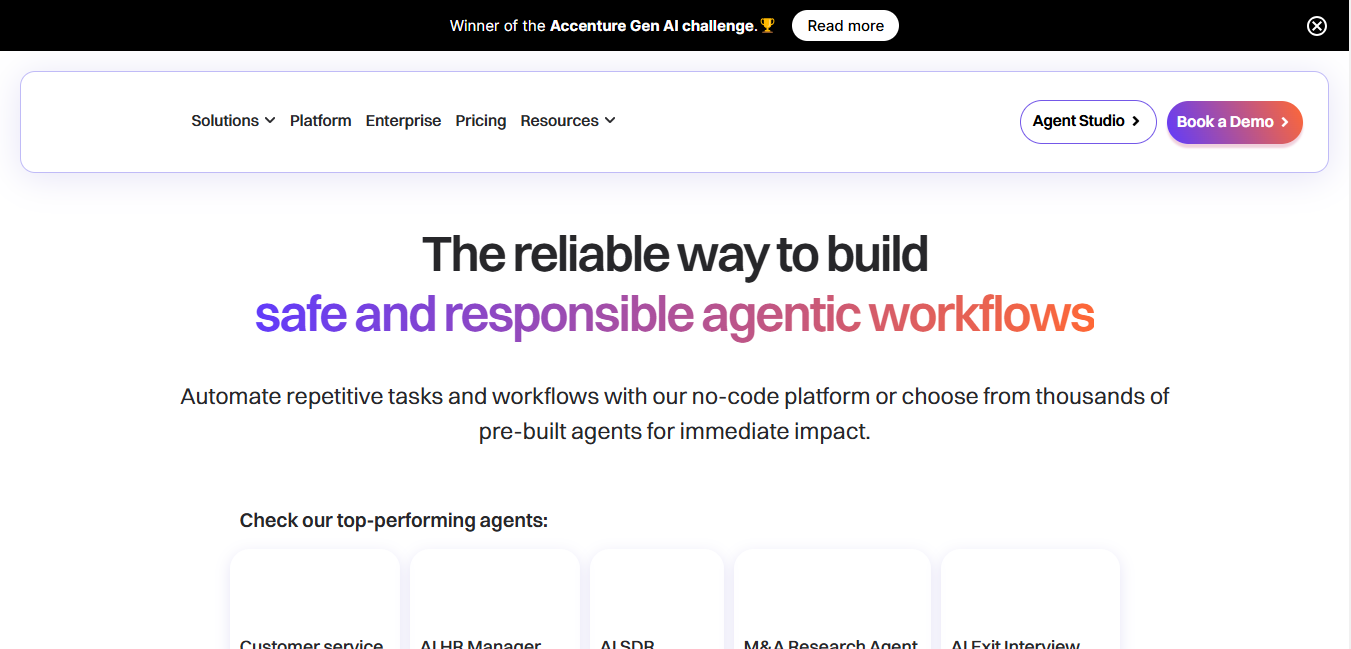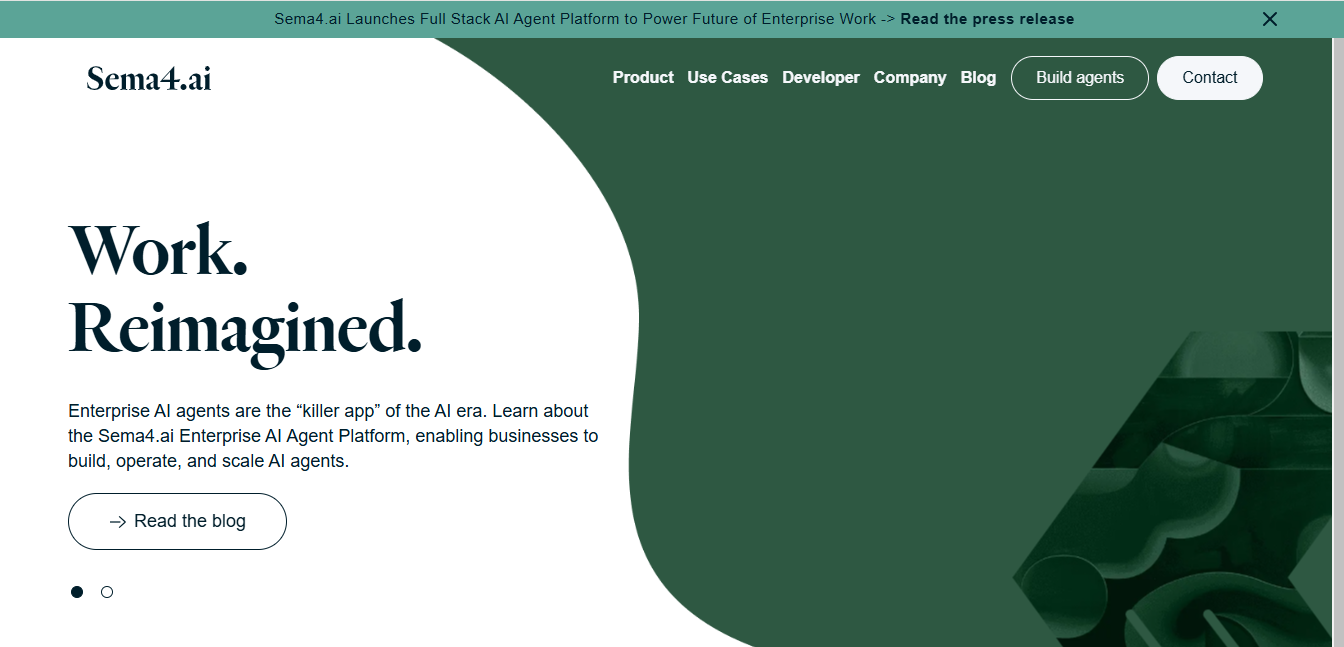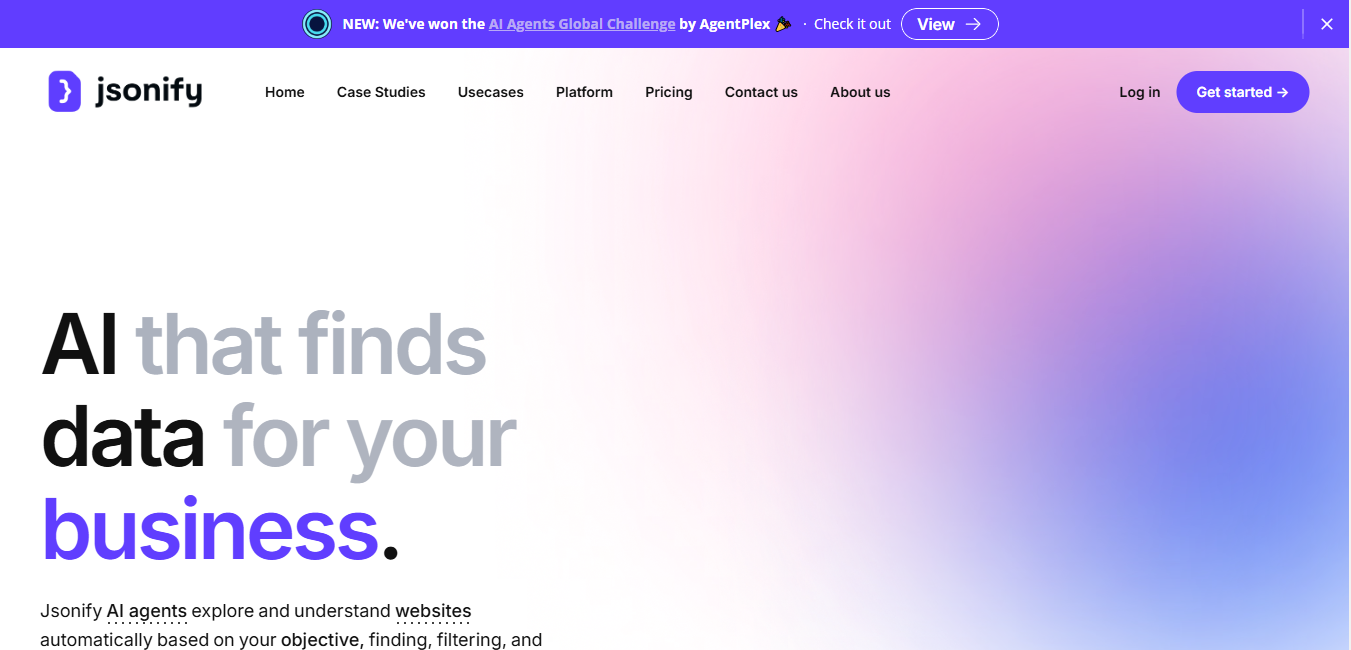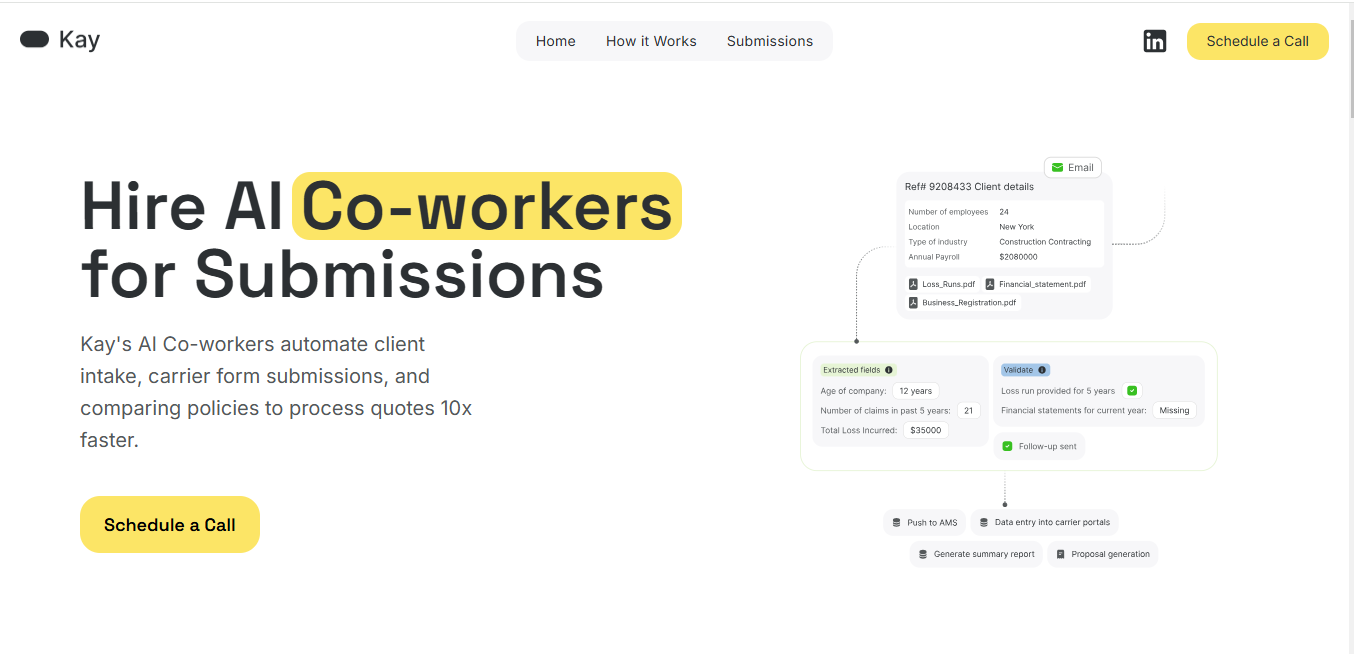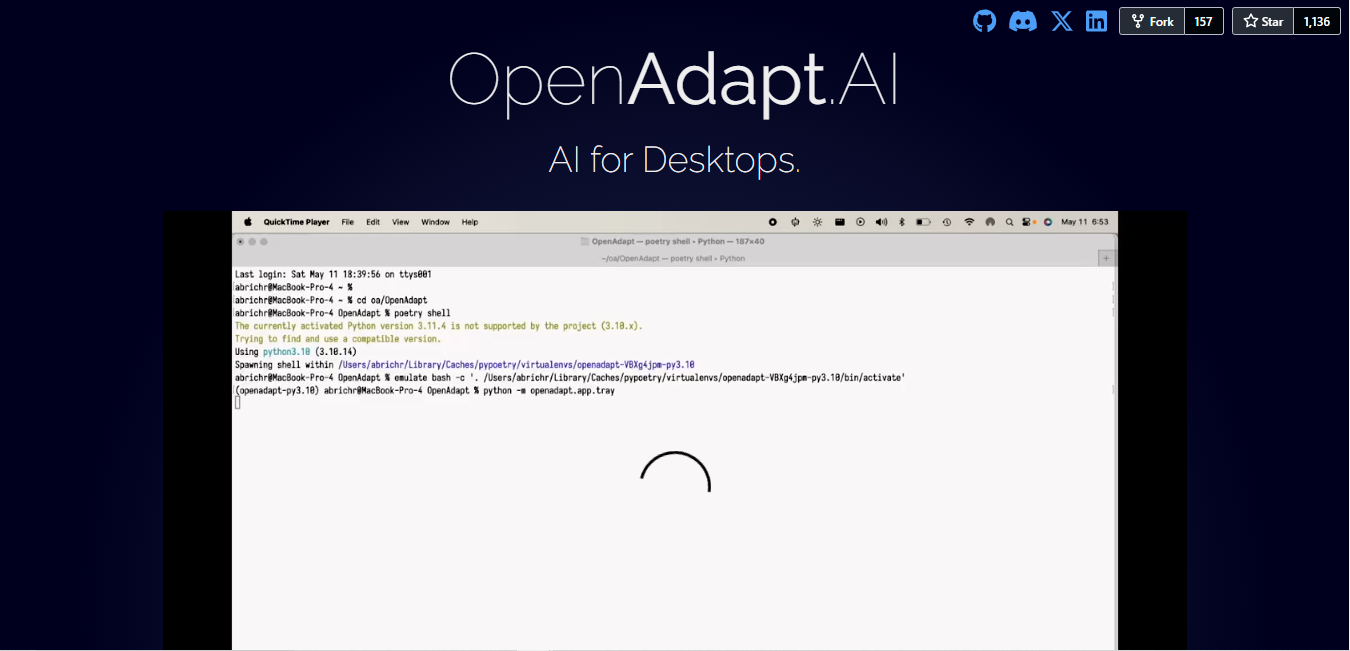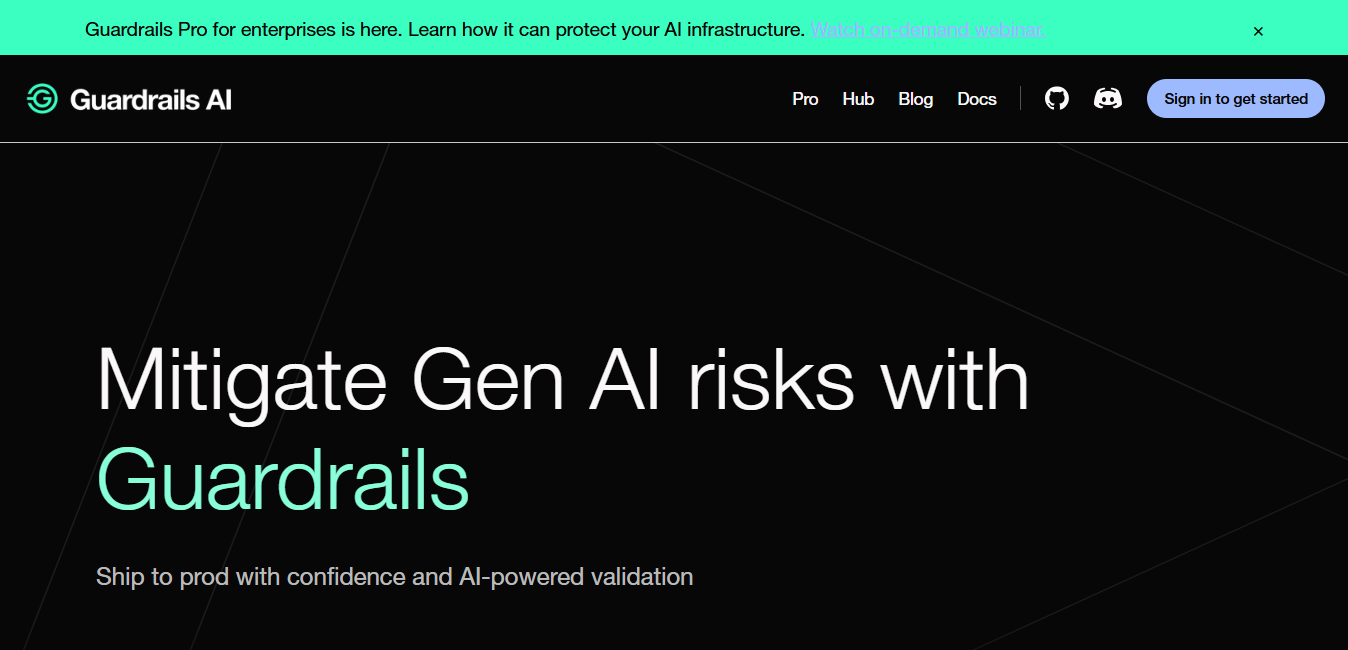
Guardrails AI
What is Guardrails AI?
Guardrails AI is a Python framework designed to build reliable AI applications. It functions as a protective layer for large language models by validating inputs and outputs while helping developers generate structured data efficiently.
Top Features:
- Input/Output Guards: monitors and mitigates specific risks in AI applications through validation checks.
- Structured Data Generation: converts LLM outputs into organized, predefined data structures using Pydantic models.
- Pre-built Validators: includes ready-to-use risk detection measures through the Guardrails Hub platform.
Pros and Cons
Pros:
- Versatility: works with both proprietary and open-source language models for maximum flexibility.
- Risk Management: detects and prevents potential issues before they impact your application.
- Easy Integration: simple installation process with straightforward Python package management.
Cons:
- Limited Language Support: currently only available for Python and JavaScript developers.
- Learning Curve: requires understanding of Python and LLM concepts for effective implementation.
- Documentation Gaps: some advanced features lack detailed documentation and examples.
Use Cases:
- Content Moderation: filtering toxic language and inappropriate content in AI-generated text.
- Data Validation: ensuring AI outputs match specific formats and business rules.
- Competitor Analysis: monitoring and controlling mentions of competitor names in outputs.
Who Can Use Guardrails AI?
- AI developers: professionals building and maintaining AI applications requiring safety measures.
- Data scientists: researchers working with LLMs who need structured output validation.
- Quality assurance teams: specialists ensuring AI system outputs meet safety standards.
Pricing:
- Free Trial: open-source version available through GitHub.
- Pricing Plan: contact required for enterprise pricing and support options.
Our Review Rating Score:
- Functionality and Features: 4.5/5
- User Experience (UX): 4.0/5
- Performance and Reliability: 4.5/5
- Scalability and Integration: 4.0/5
- Security and Privacy: 4.5/5
- Cost-Effectiveness and Pricing Structure: 4.0/5
- Customer Support and Community: 3.5/5
- Innovation and Future Proofing: 4.5/5
- Data Management and Portability: 4.0/5
- Customization and Flexibility: 4.5/5
- Overall Rating: 4.2/5
Final Verdict:
Guardrails AI stands out as a practical solution for developers needing to control AI outputs. While it excels in risk management and structured data generation, its language limitations and learning curve are minor tradeoffs for its powerful validation capabilities.
FAQs:
1) How does Guardrails AI handle different LLM providers?
It provides a unified interface that works with various LLM providers through standardized API connections and validation methods.
2) Can I create custom validation rules?
Yes, you can develop and implement custom validators using Python, then share them through Guardrails Hub.
3) What deployment options are available?
You can deploy as a standalone service using Flask for development or Docker with Gunicorn for production environments.
4) How does the validation process affect performance?
The validation overhead is minimal, with most checks completing in milliseconds without significant impact on response times.
5) Is enterprise support available?
Enterprise support packages are available with dedicated assistance, though specific details require direct contact with the team.
Stay Ahead of the AI Curve
Join 76,000 subscribers mastering AI tools. Don’t miss out!
- Bookmark your favorite AI tools and keep track of top AI tools.
- Unblock premium AI tips and get AI Mastery's secrects for free.
- Receive a weekly AI newsletter with news, trending tools, and tutorials.

